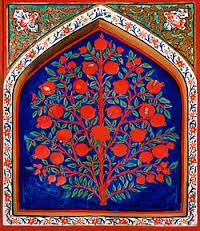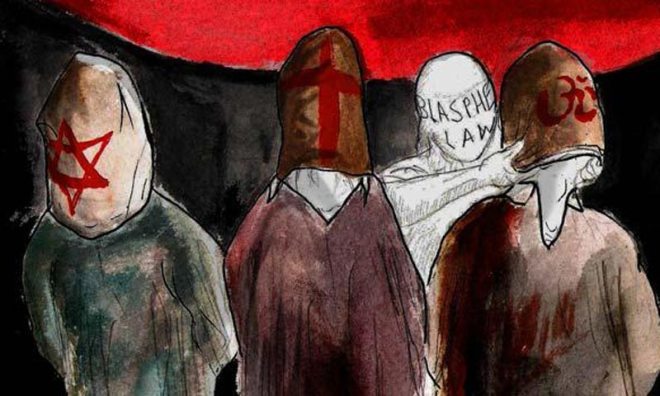 From every conflict emerges an iconic photograph. Nine-year-old Kim Phuk, in 1972, running naked from a napalm attack during the Vietnam War, or the body of refugee Alan Kurdi, aged three, washed up on the shore near Bodrum in 2015. The 2014 image of Aeham Ahmad, playing an upright piano surrounded by the debris of Yarmuck, is also unforgettable.
From every conflict emerges an iconic photograph. Nine-year-old Kim Phuk, in 1972, running naked from a napalm attack during the Vietnam War, or the body of refugee Alan Kurdi, aged three, washed up on the shore near Bodrum in 2015. The 2014 image of Aeham Ahmad, playing an upright piano surrounded by the debris of Yarmuck, is also unforgettable.
It does not have as much pathos, of course, as depictions of wounded or dead children, but there is poignancy and romance in the idea of music floating through devastated streets. The minaret piercing the dust-laden air provides an alternative hint of hope. On the one side is art, culture and religion and balanced against it is hatred and violence. These are the creations of humankind.
A picture is, allegedly, worth a thousand words. And here is the nub. The Pianist of Yarmouk presents itself ‘as told to Sandra Hetzl and Ariel Hauptmeier’ and then translated by Emanuel Bergmann. It is like a camel, in that the ungainly humped animal is, it is said, a horse developed by a committee. Hetzl and Hauptmeier, and many other people, appear in the final acknowledgments, credited as having ‘stood by the side’ of Aeham Ahmad and given him support, help and encouragement.
Collaboration is admirable but it doesn’t make the book well written. The language is inelegant and the structure is clumsy and repetitive. But it is a great story. Or, in fact, two. Firstly Ahmad describes his blind father, a character who merits a memoir or biography of his own. His relationship with his talented son, Aeham, and with the music they make, is extraordinary.

Secondly Ahmad tells the tale of the Seige of Yarmouk. His account of the former refugee camp and its fate provides another piece of the jigsaw which Europeans need to construct if they are to get a better understanding of Syria and its ongoing war. Sitting cosily in Ireland, worrying about the availability of tinned tuna after Brexit, becomes ridiculous.
Ahmad, who won the International Beethoven Prize for Human Rights in 2015, demonstrates immense strength of spirit in his refusal to sell out to extremism even in the most difficult and dangerous circumstances.
Ahmad was born in 1988 to parents of Palestinian heritage. The family lived in Yarmouk which had grown beyond its refugee camp origins to become an impoverished suburb on the outskirts of Damascus in Syria. Because his father is blind his elder son became his seeing-eyes guide and companion. The lack of eyesight did not affect the patriarch’s ambition and confidence. He made his living as a carpenter and a wedding violinist but determined that his son would be a classical musician.

The first section of The Pianist of Yarmouk details the struggles that father and son faced to secure places at prestigious music establishments where the boy faced hostility and prejudice from wealthier, more bourgeois Syrians. Being blind meant that Ahmad’s father could often get entry to places from which his lack of status would normally have excluded him, and enabled him to persuade school authorities to accept his son as a pupil.
Ahmad’s studies demanded all sorts of unaffordable equipment such as solfège exercise books, music scores and, of course, a piano to replace the family’s lowly electronic keyboard. Although Ahmad was naturally musical he was no genius and success came only as a result of hours of practice. Sometimes, as is natural, Ahmad preferred to go out and play football in the streets but the influence and wrath of his father repressed these urges most days.
The story that Ahmad tells lists events in his progress through his musical training but does not really explore his relationships with his mother or brother. Neither does he provide a three dimensional impression of his own character and emotions. He states baldly that from an early age all he wanted was a family of his own but he does not seem that interested in girls. After many attempts he persuades his mother to find a wife for him and then he gets married. That’s it, really. Although the young couple seem to have been inseparable from the moment they met.
Equally sparse are references to religion. It appears that Ahmad’s attitude to God is pragmatic and not in any way fanatical. He prays passionately only when he is in trouble. It is reminiscent of most people’s attitude to Christianity. Much of the time they don’t give it a thought but at times of crisis they turn to God for help. On the other hand his faith in humanity is strong. He states, ‘whether someone was Jewish or Christian or Muslim, Orthodox or agnostic, gay or not, didn’t matter to me. The only thing that matters is being a wonderful human being’.

In Yarmouk life was a constant struggle for Palestinian Syrians. They had very few conveniences. Journeys to school, involved three buses and walking, taking two hours or longer each way. Building and labouring had to be done by the men of the family. Everything took forever. Money was short. But they were happy within their community. Ahmad says, ‘we’re sitting in our store throwing another log onto the stove, roasting chestnuts in the embers’.
But then the Syrian Civil War intruded. The streets were barricaded and their neighbourhood sealed off. Tahani, his wife, gave birth to a son. The small family existed surrounded by ‘hunger and death’. Reports came in from the rest of the country. Towns controlled by the Free Syrian Army were now besieged by President al-Assad’s forces and their populations were being starved to death. Before long the citizens of Yarmouk would also be eating clover and leaves. Ahmad’s brother, Alaa, disappeared in 2013 and his parents have still found no trace of him.
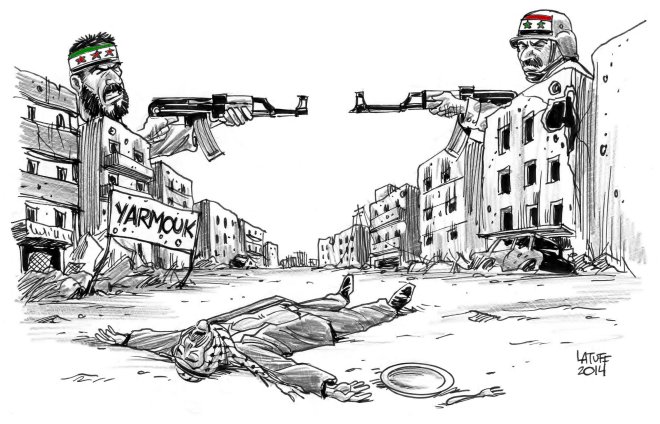
Ahmad himself was not entirely despondent. He and a friend, Abu Mohammed started a street choir. At first it was for men only. The participants brought in poems and Ahmad set them to music making refugee songs about longing and survival. The band had the idea of taking a piano out into the street and a local journalist filmed them. The song, ‘Oh You Emigrants Return’ was uploaded on YouTube. Thus the concept of Ahmad as the piano man of Yarmouk was launched on January 28th, 2014.
The Yarmouk Boys soon disbanded. It was the usual story of ‘petty jealousies’. For a while Ahmad played with a choir of children until a young girl, Zainab, was killed by a sniper as she sang, ‘Yarmouk Misses You Brother’. Now Ahmad felt he could risk no one but himself. And so it was in April of the same year that he was photographed by Niraz Saled, wearing his green shirt – a pianist amid the rubble. The image went viral.

Chronologically The Pianist of Yarmouk terminates in 2018. By then Ahmad had escaped from Syria and brought his wife and children and then his parents to live in Wiesbaden in Germany.
The image says Ahmad, ‘can never tell you what happened before or what came after’. His book can and does.
Works cited
Ahmad, A. The Pianist of Yarmouk. 2019. Michael Joseph.
A version of this review was first published on pages 33 and 34 of the Weekend Section of the Irish Examiner on 18th May 2019. It is reproduced here by permission of the Editor.
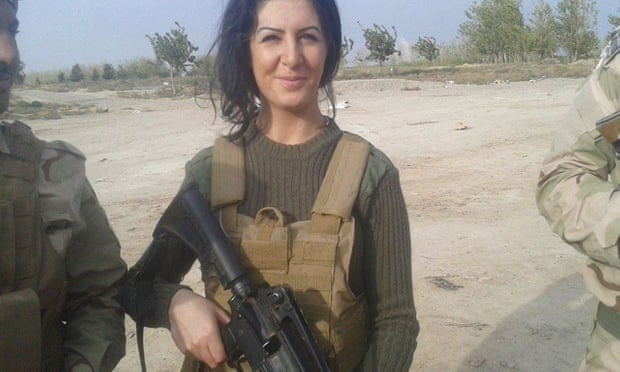







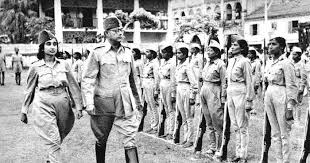


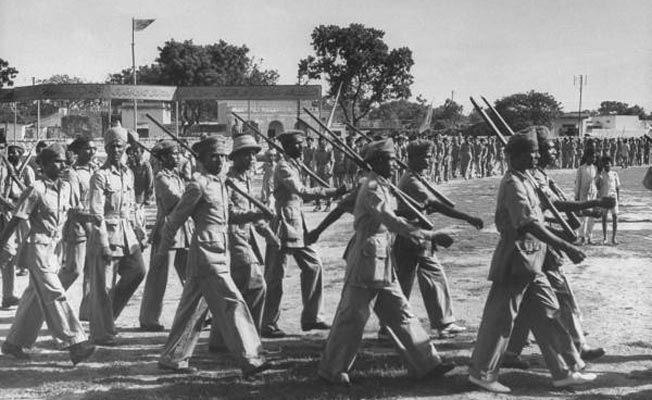


 . I have long been a fan of Barry’s work and have read almost everything that he has written. On the back cover of Barry’s 2005 novel A Long Long Way
. I have long been a fan of Barry’s work and have read almost everything that he has written. On the back cover of Barry’s 2005 novel A Long Long Way  I will be putting his four previous novels on my birthday list. If you look at the video below of the choir at King’s College Chapel in Cambridge you will see, between one minute 14 seconds and two minutes 12 seconds, a sort of representation of the regiments of ‘angels’ who fell in the First World War, and are currently falling all over the world, in its various theatres of war, as well as in so-called peaceful democracies.
I will be putting his four previous novels on my birthday list. If you look at the video below of the choir at King’s College Chapel in Cambridge you will see, between one minute 14 seconds and two minutes 12 seconds, a sort of representation of the regiments of ‘angels’ who fell in the First World War, and are currently falling all over the world, in its various theatres of war, as well as in so-called peaceful democracies.
